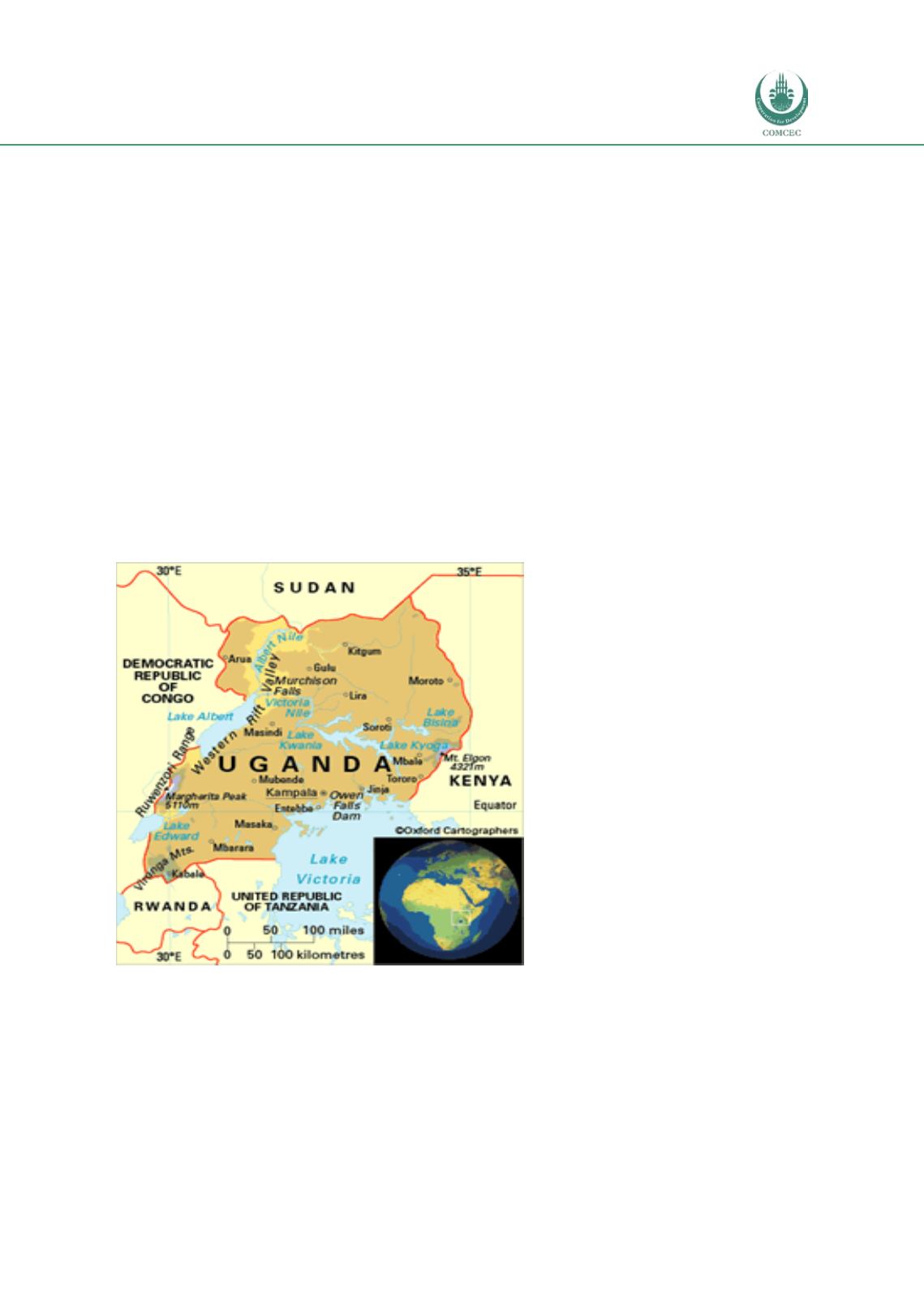

Improving Agricultural Market Performance:
Developing Agricultural Market Information Systems
91
farmgate level. Consequently, distribution margins increased and producer margins were
squeezed. In addition, it was noted that most of the rural aggregators (“bicycle traders”) failed
to pay a quality premium at the farmgate leading to the quality of Ugandan exports being
compromised and the country losing out on quality premiums. The government also disengaged
from setting administrative prices for the export crops leading to increased price uncertainty.
Within the domestic agricultural markets, part of the reforms included the disengagement of
government from setting guaranteed minimum prices and enforcing quality standards. As a
result the marketing systems for grains experienced price uncertainty, quality variability and
lengthening of the chain (Onumah and Nakajjo). A recent study by IFAD (2015) estimates that
farmers on the average lose over US$260 million per year as a result of their limited capacity to
mitigate volatility in output prices. This is more than double the estimated annual losses due to
crop pests and diseases and also more than six times the estimated annual losses due to the
incidence of drought. The same factors also limit the capacity of Uganda to exploit huge regional
agricultural exports potential. Most of the countries sharing borders with Uganda (See Figure
38) have significant food deficits, especially for staple grains and oilseeds. Top among these is
maize into Kenya and South Sudan as well as beans and oilseeds into Rwanda and the
Democratic Republic of Congo (DRC).
Figure 38: Map of Uganda and Border Countries
In addition to the challenges in the agricultural output markets, IFAD (2015) also notes that the
quality and reliability of agricultural inputs marketed Uganda became highly uncertain when
government discontinued direct inputs distribution and allowed a private inputs marketing
system to emerge. These factors contributed to under-performance of the agricultural of the
sector over the past two decades, with its growth stagnating at about 2% per annum (Mwesigye
et al., 2017). This growth rate is way below the annual growth target of over 5% set by the
National Development Program (NDP) for effective poverty reduction in the country (IFAD,


















